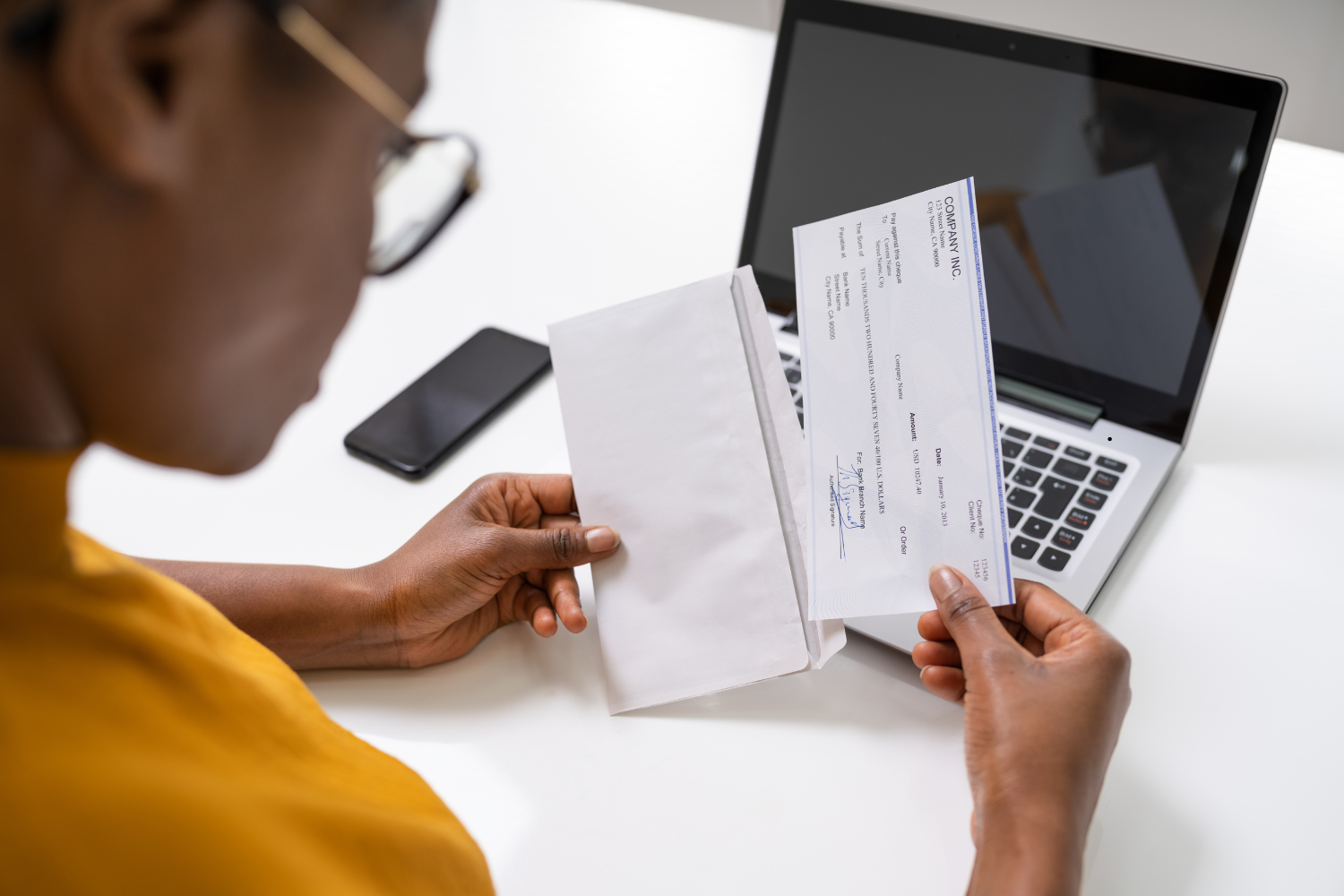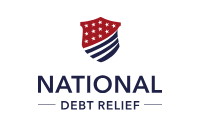How to Stop Living Paycheck to Paycheck

Living paycheck to paycheck is a stressful cycle that millions of Americans face every month. Constantly worrying about covering basic expenses, avoiding late fees, and lacking financial stability can drain your mental and emotional energy. The good news? With intentional strategies and disciplined changes, you can break free from this cycle and regain financial control.
This guide explains exactly how you can stop living paycheck to paycheck, improve your financial wellness, and start saving money for a more secure future.
1. Create a Detailed Budget and Stick to It
Budgeting is the most critical step in ending the paycheck-to-paycheck lifestyle. By clearly outlining your income, expenses, debts, and savings goals, you’ll understand exactly where your money goes—and identify areas for improvement.
When creating your budget:
- List all monthly income and fixed expenses (rent, utilities, loan payments).
- Track variable expenses closely (groceries, entertainment, dining out).
- Identify unnecessary spending you can reduce or eliminate immediately.
A clear budget ensures your spending aligns with your goals, giving you greater financial control and awareness. If debt payments consume significant portions of your income, consider debt relief options like National Debt Relief to reduce monthly obligations and gain breathing room in your budget.
2. Build an Emergency Fund
Lack of emergency savings often traps people in a paycheck-to-paycheck cycle. Even small, unexpected expenses like car repairs or medical bills can derail finances. To avoid this, prioritize building an emergency fund.
Start small, saving even $20 per paycheck. Gradually increase your contributions until you have at least $1,000 saved. Eventually, aim for three to six months’ worth of living expenses. This safety net provides crucial financial stability, breaking the stressful paycheck-to-paycheck cycle and reducing reliance on credit cards.
3. Prioritize Debt Repayment Strategically
High-interest debt, like credit cards, keeps many people trapped financially. To break free, develop a strategic repayment plan:
- Use the debt avalanche method, prioritizing debts with the highest interest rates first.
- Consider debt consolidation through a reputable company such as National Debt Relief, which can lower monthly payments and interest rates significantly.
For tax-related debts, seeking specialized assistance from Tax Debt experts can help prevent IRS penalties, giving you additional breathing room in your monthly budget.
4. Increase Your Income
Sometimes the best solution is increasing your earning potential. Consider:
- Negotiating a raise at your current job.
- Taking on a part-time job or freelance opportunities.
- Selling unused items online for quick cash.
Applying extra income directly toward debt or savings can significantly accelerate your journey toward financial stability, ending the paycheck-to-paycheck cycle faster.
5. Lower Your Monthly Bills
Reducing monthly expenses immediately improves your financial situation. Evaluate ways to lower recurring costs:
- Shop around for lower insurance premiums.
- Refinance loans (auto loans, personal loans, mortgages) to reduce interest rates.
- Negotiate lower rates with service providers (internet, cable, phone services).
These savings quickly add up, providing flexibility to direct more income toward debt repayment or building savings.
6. Improve Your Credit Score
A low credit score can mean higher interest rates and limited access to financial opportunities, keeping you trapped financially. Boost your credit score by:
- Making consistent, on-time payments.
- Reducing your credit utilization (ideally below 30%).
- Disputing inaccuracies on your credit report.
If managing credit improvement seems overwhelming, consider professional assistance from trusted Credit Repair services. Improving your credit leads to lower interest rates and easier access to financial resources, helping you escape the paycheck-to-paycheck cycle.
7. Adopt Mindful Spending Habits
Impulse buying and emotional spending significantly impact finances. Adopt mindful spending habits to eliminate unnecessary expenses:
- Wait 24 hours before making unplanned purchases.
- Use cash for discretionary spending to limit overspending.
- Review bank statements regularly to identify impulse buys or subscriptions you no longer need.
Mindful spending habits promote greater financial self-awareness, helping you maintain control and consistently live within your means.
Taking Charge of Your Financial Future
Breaking free from paycheck-to-paycheck living requires discipline, planning, and strategic decisions. By budgeting effectively, building emergency savings, prioritizing debt repayment through experts like National Debt Relief, managing complicated debts like taxes via Tax Debt, and boosting credit health through Credit Repair, you set yourself on a path toward lasting financial independence.
With consistent action, commitment, and financial discipline, you can end the stress of paycheck-to-paycheck living for good—and achieve the financial peace you deserve.
Explore Our Categories

Credit Cards

Debt

Loans

Insurance

Retirement

Home Buying

Investing

Taxes
Free Yourself From Debt

National Debt Relief
✅ Reduce Your Debt – Pay Less Than You Owe!
✅ One Simple Monthly Payment – No More Juggling Bills.
✅ Get Relief From Credit Cards, Medical Bills & More
Ranked #1

